
Category of Astronomical Heritage: tangible immovable
Imperial Observatory - Kandilli Observatory, Istanbul, Turkey

Description
Geographical position
Kandilli Observatory and Earthquake Research Institute, Bogaziçi University,
Anatolian side of Istanbul, 34684 Çengelköy-Istanbul
Location
Latitude 41°03’48" N, Longitude 29°03’44" E. Elevation ...m above mean sea level.
IAU observatory code
-
Description of (scientific/cultural/natural) heritage
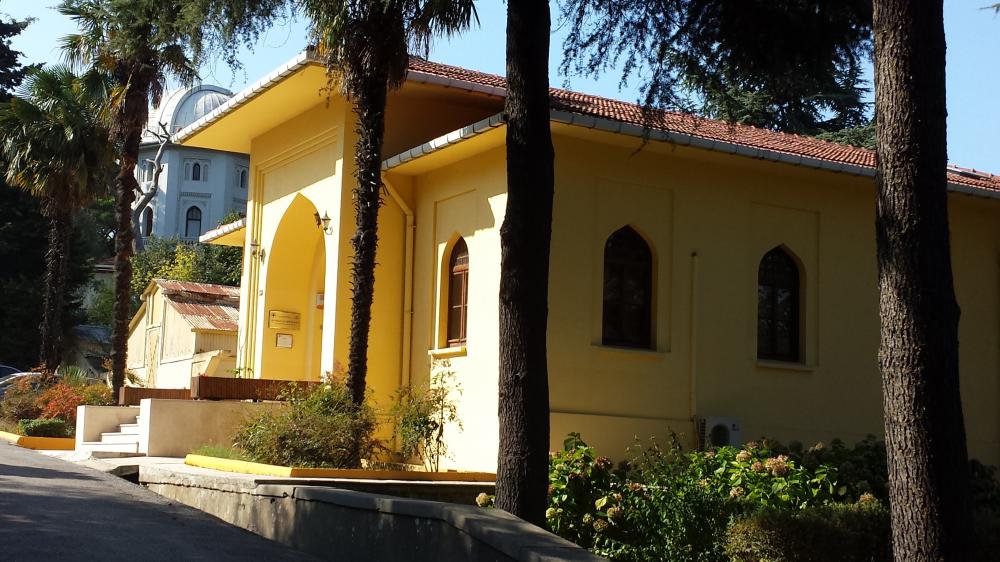
Fig. 1. Imperial Observatory (1868), since 1940 Kandilli Observatory, Astronomy and Geophysics (Photo: Gudrun Wolfschmidt)
The Imperial Observatory, established in Constantinople in 1868 under the directorship of Aristide Coumbary, had in the first decades as main activities only in meteorology, weather forecasting and accurate timekeeping. The meteorological forecasts were conveyed to certain centers by telegraph.
After the Great Istanbul Earthquake (10 June 1894), Demetrios Eginitis (1862--1934), Director of Athens Observatory, was invited for consulting. In addition, the Italian seismologist G. Agamemnone, Earthquake Director at the Rome Observatory, stayed for two years as advisor in Istanbul and founded the "Ottoman Empire Earthquake Service".
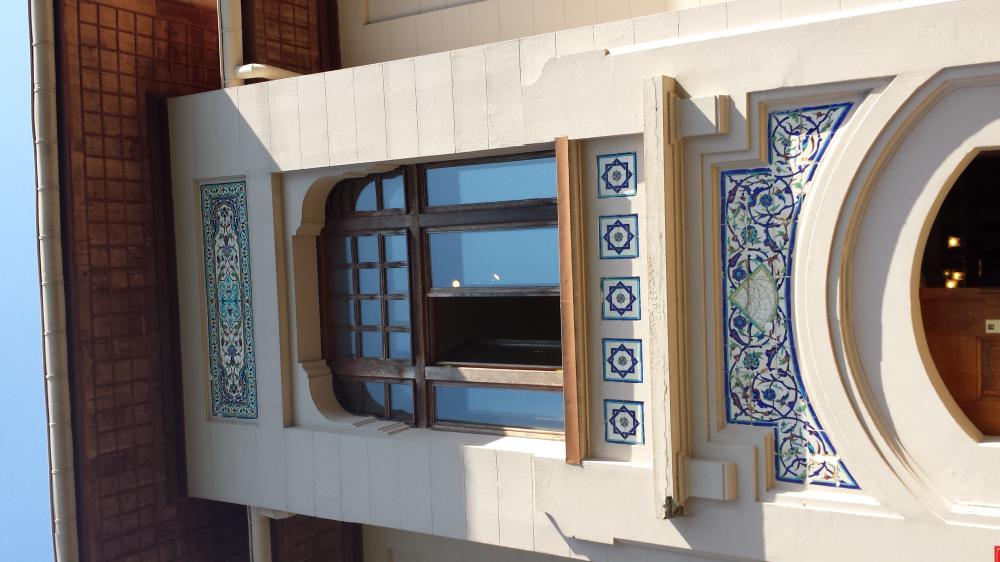
Fig. 2a. Kandilli Observatory (Photo: Gudrun Wolfschmidt)

Fig. 2b. Kandilli Observatory (Photo: Gudrun Wolfschmidt)
In 1909, the observatory was destroyed, Professor Fatin Gökmen re-established the observatory (1911) on Icadiye Hill, and dedicated it also to astronomy and geophysics (Observatoire Impérial Météorologique "Rasathane-i Amire-i Alaimül-cev") like the Royal Observatory of Uccle in Belgium. Fatin Gökmen made studies to base the determination of the months of the Hijri lunar calendar, which was used as the official calendar since the end of 1925, on scientific principles.
The Imperial Observatory (Großherrliches Observatorium, Ottoman Turkish: Rasathane-i Amire) was called since 1940 Kandilli Observatory, Astronomy and Geophysics.
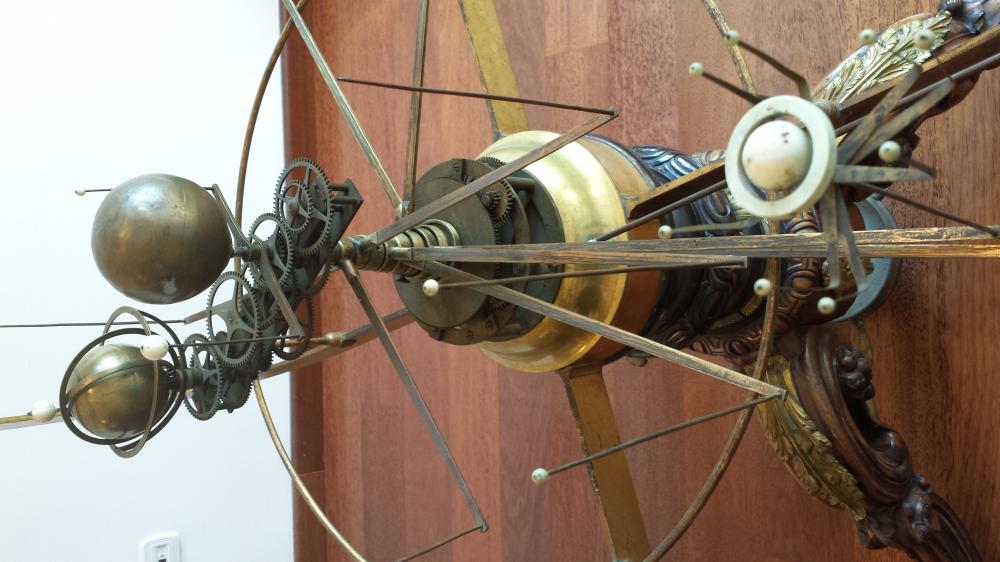
Fig. 3a. Orrery, Kandilli Observatory (Photo: Gudrun Wolfschmidt)
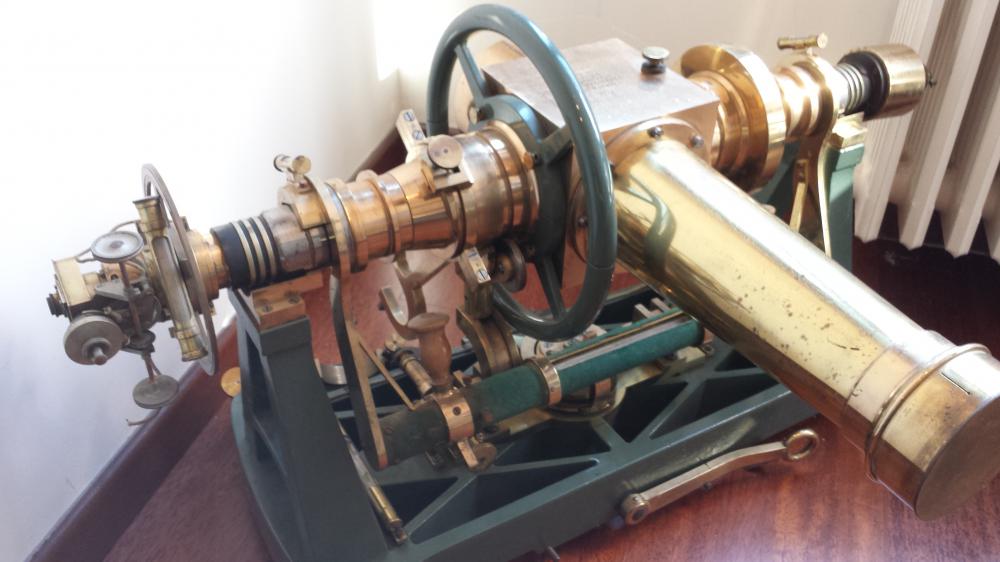
Fig. 3b. Meridian circle for time keeping, Kandilli Observatory (Photo: Gudrun Wolfschmidt)
In the observatory is an impressive collection of scientific instruments and manuscripts. Fatin Gökmen later transferred his books to Süleymaniye Library.
History
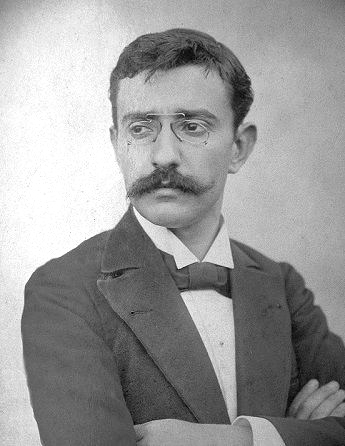
Fig. 4a. Salih Zeki Bey (1864--1921), director of Kandilli Observatory 1895 to 1900, 1913 to 1917 (Wikipedia)
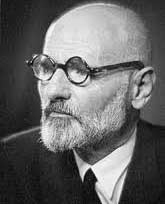
Fig. 4b. Mehmed Fatin Gökmen (1877--1955), director of Kandilli Observatory 1910 to 1943 (Wikipedia)
Directors
- Mehmed Fatin Gökmen (1877--1955), 1910 to 1943 (in 1933 retired as professor)
- Bedii Bey, clerk from the telegraph office, 1900 to 1909
- Salih Zeki Bey (1864--1921), 1895 to 1900, 1913 to 1917
- Aristide Coumbary (1826--1896), director of the Imperial Ottoman
Internal Meteorological Observatory in Constantinople from 1868 to 1895
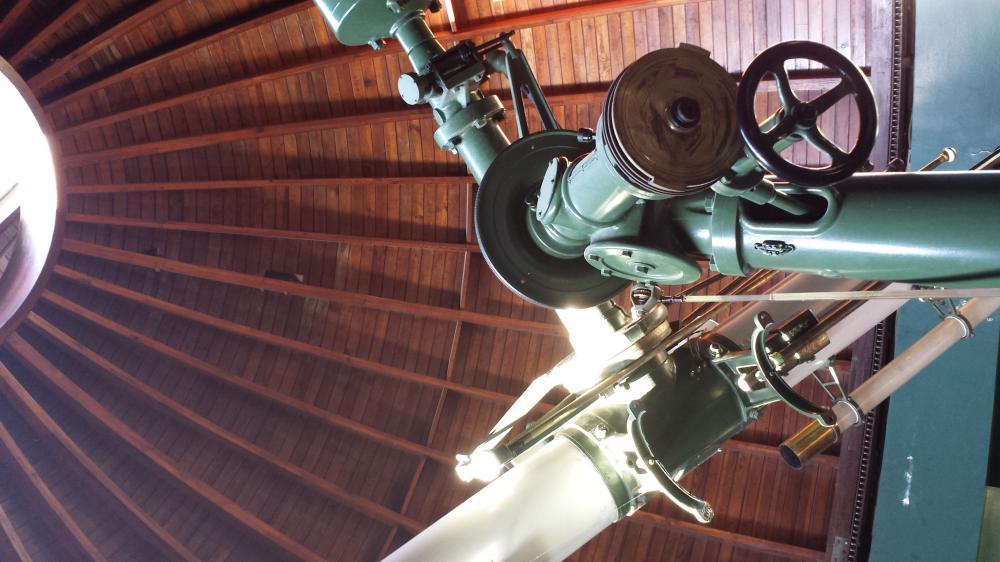
Fig. 5a. 20-cm-Zeiss-Refractor (1935), Kandilli Observatory (Photo: Gudrun Wolfschmidt)
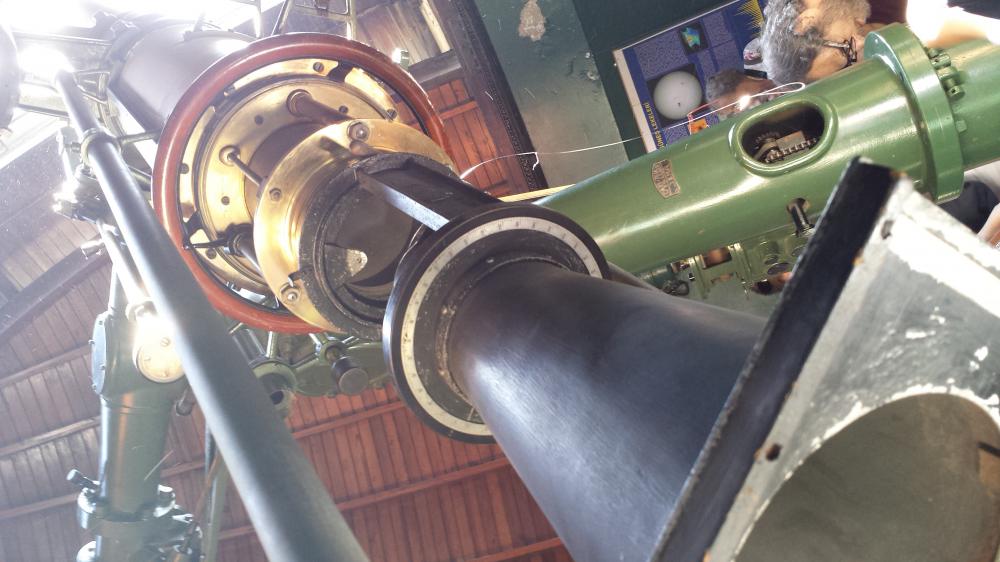
Fig. 5b. 20-cm-Zeiss-Refractor (1935), Kandilli Observatory (Photo: Gudrun Wolfschmidt)
Instruments
- Meteorological instruments
- Seismological Instruments, seismographs from Italy
- Timekeeping (star clock with pendulum and theodolite) in order to adjust clocks in Istanbul
- 20-cm-refractor, Carl Zeiss of Jena (1935)
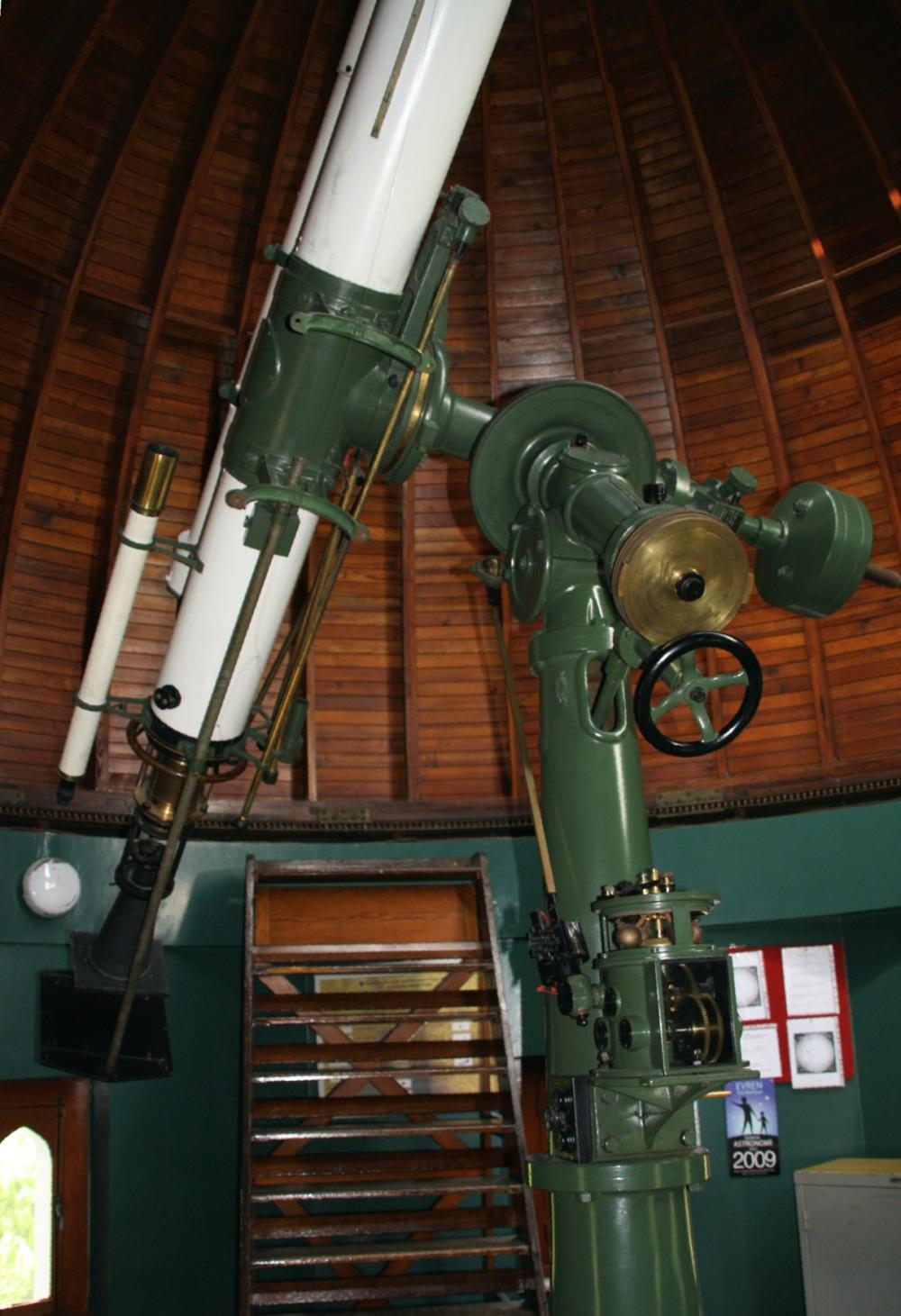
Fig. 6a. 20-cm-Zeiss-Refractor (1935), Kandilli Observatory (Photo: Andreas Schrimpf)
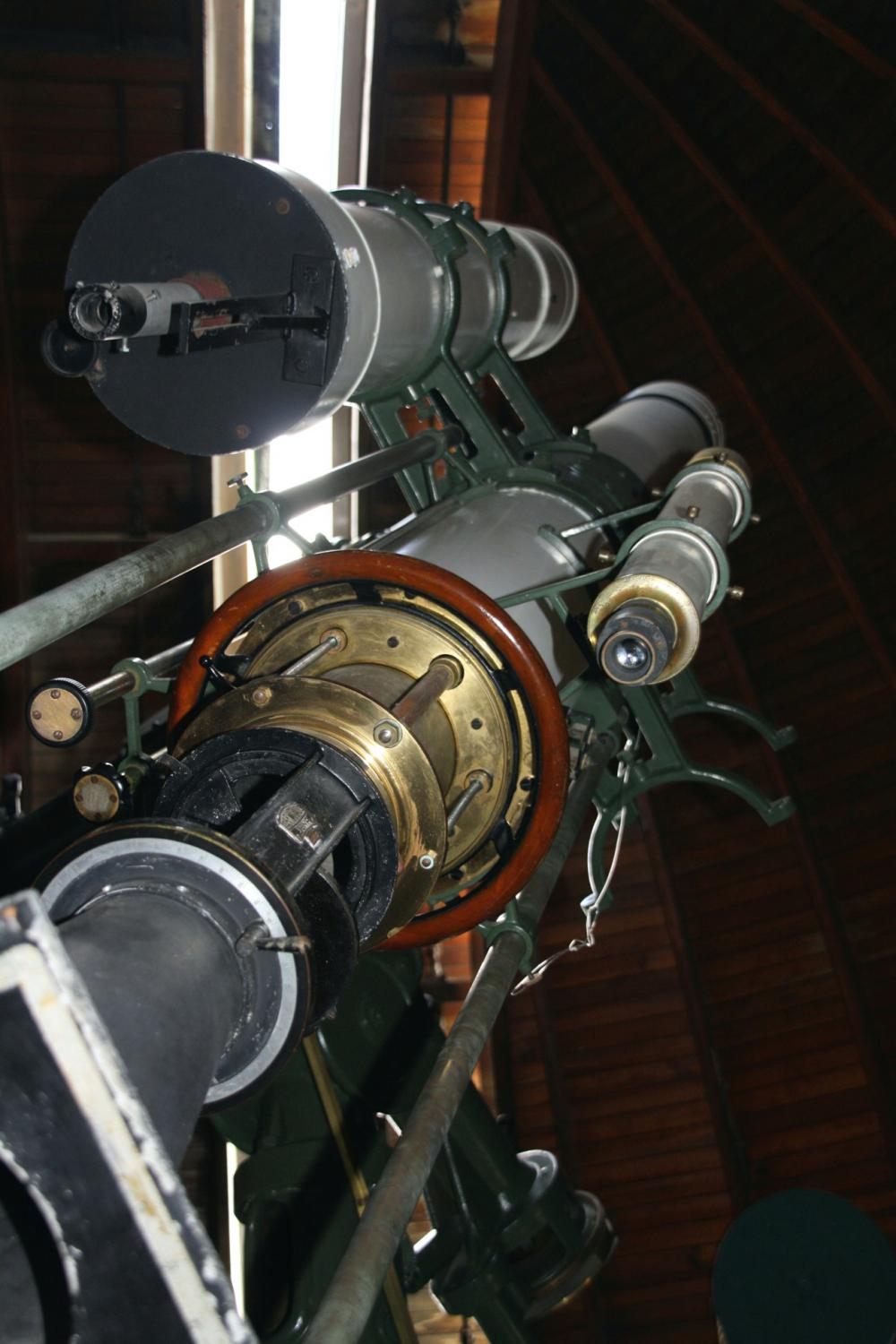
Fig. 6b. 20-cm-Zeiss-Refractor (1935), Kandilli Observatory (Photo: Andreas Schrimpf)
State of preservation
The observatory is well preserved, and has a good collection of scientific instruments.
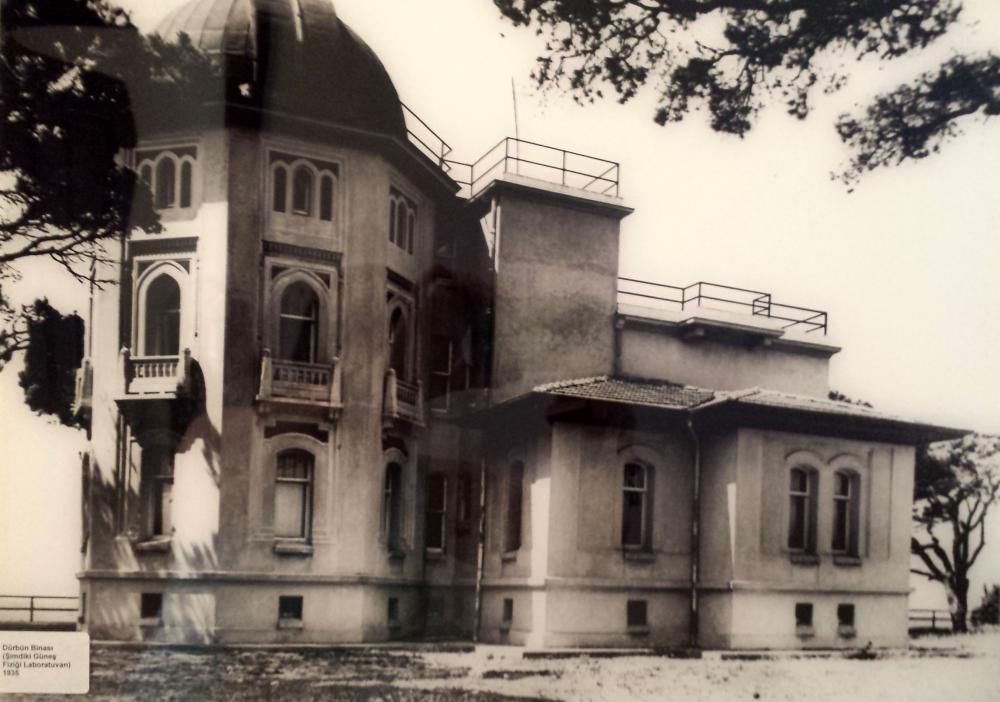
Fig. 7a. Kandilli Observatory (Photo: Gudrun Wolfschmidt)
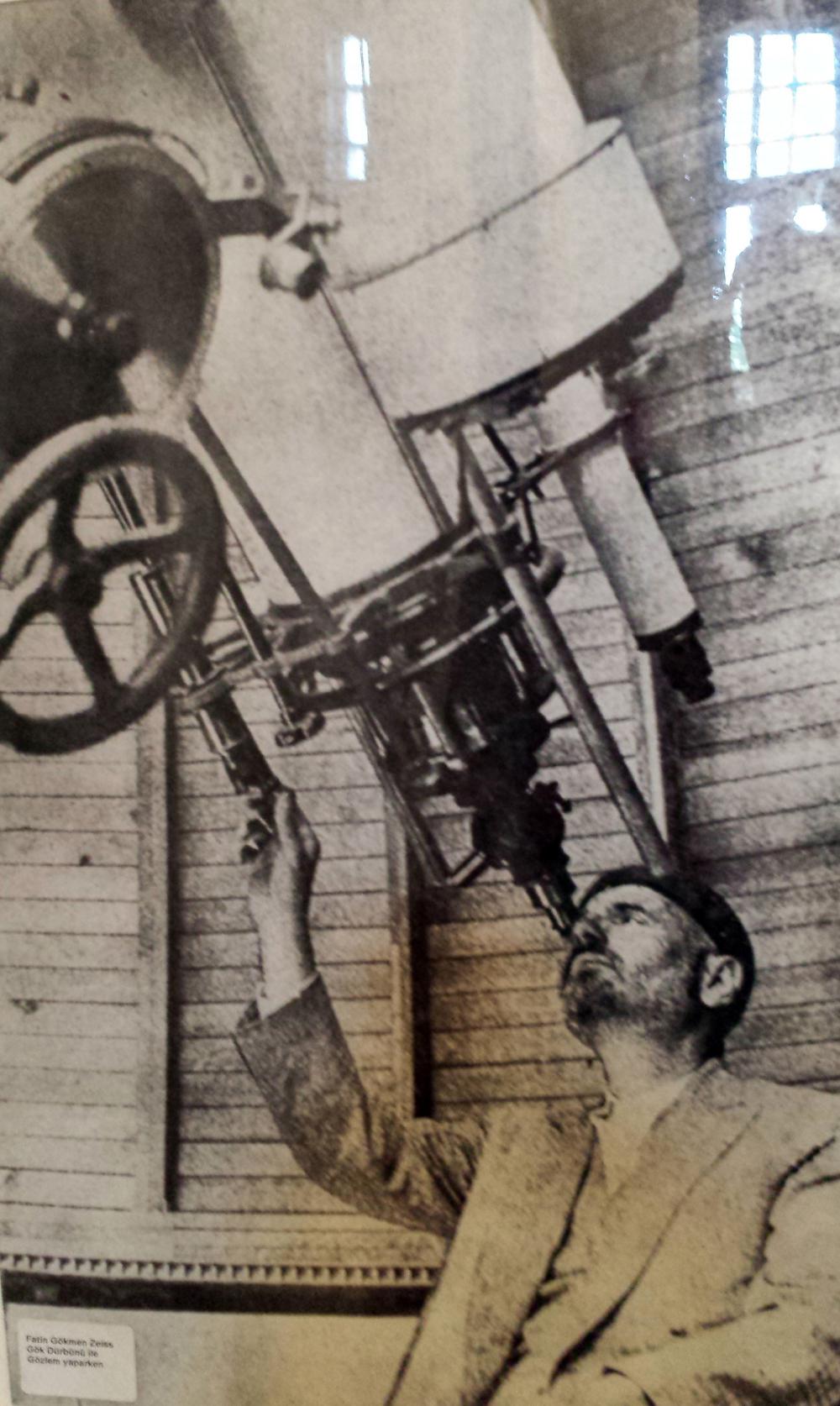
Fig. 7b. 20-cm-Zeiss-Refractor (1935), Kandilli Observatory (Photo: Gudrun Wolfschmidt)
Comparison with related/similar sites
no information available
Threats or potential threats
no threats
Present use
The Kandilli Observatory is still active today in astronomy.
In addition, there is a nice collection of scientific instruments.

Fig. 8a. Kandilli Observatory (Photo: Gudrun Wolfschmidt)
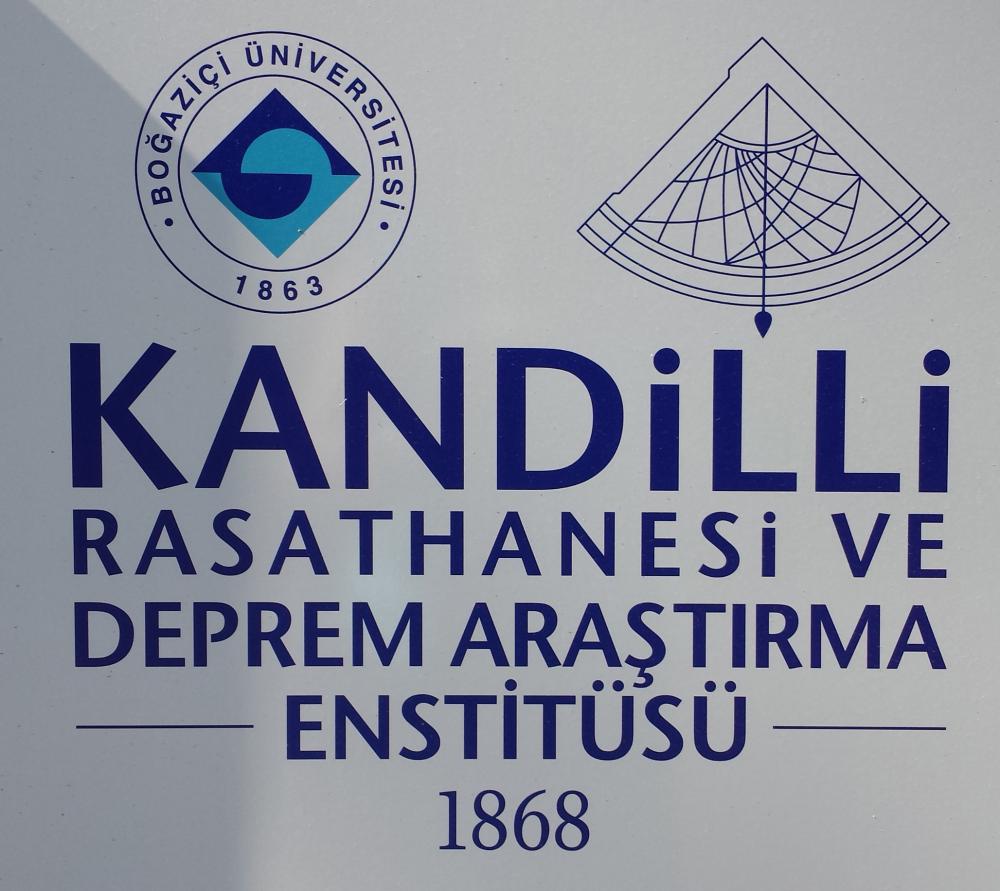
Fig. 8b. Kandilli Observatory (Photo: Gudrun Wolfschmidt)
Astronomical relevance today
The Kandilli Observatory is still active today in astronomy. ....

Fig. 9. Kandilli Observatory (© Kandilli Observatory)
References
Bibliography (books and published articles)
- Bolt, M.; Hockey, T.; Palmeri, J.A.; Trimble, V.; Williams, T.R.; Bracher, K.; Jarrell, R.; Marché, J.D.; Ragep, F.J.: Fatin Gökmen. In: Biographical Encyclopedia of Astronomers. New York: Springer 2007, p. 427.
- Hockey, Thomas et al. (eds.): Salih Zeki. In: The Biographical Encyclopedia of Astronomers. Springer Reference. New York: Springer 2007, pp. 1007--1008 (http://dx.doi.org/10.1007/978-0-387-30400-7_1211).
- Ihsanoglu Ekmeleddin: Ottoman Educational and Scholarly-Scientific Institutions. In: History of the Ottoman State, Society and Civilisation, vol. 2. Ed. Ekmeleddin Ihsanoglu. Istanbul: IRCICA 2002, p. 361-512.
- Ihsanoglu Ekmeleddin: The Introduction of Western Science to the Ottoman World: A Case Study of Modern Astronomy (1660-1860). In: Science, technology and learning in the Ottoman Empire: Western influence, local institutions, and the transfer of knowledge. Ed. by Ihsanoglu, E.; Aldershot, Hants, England; Burlington, VT: Ashgate Publishing Company (Variorum Collected Studies) 2004.
- Sayili, Aydin: The Observatory in Islam. Ankara: Türk Tarih Kurumu 1991, p. 289--305.
- Sayili, Aydin: Alauddin Mansur’un Istanbul Rasathânesi Hakkindaki Siirleri. In: Belleten 20 (1956), no. 79, p. 414, 466.
Links to external sites
- Kandilli Observatory and Earthquake Research Institute
- Kandilli Observatory and Earthquake Research Institute - History
Links to external on-line pictures
no information available
No multimedia content published
Currently there is no multimedia content published for this case study






















